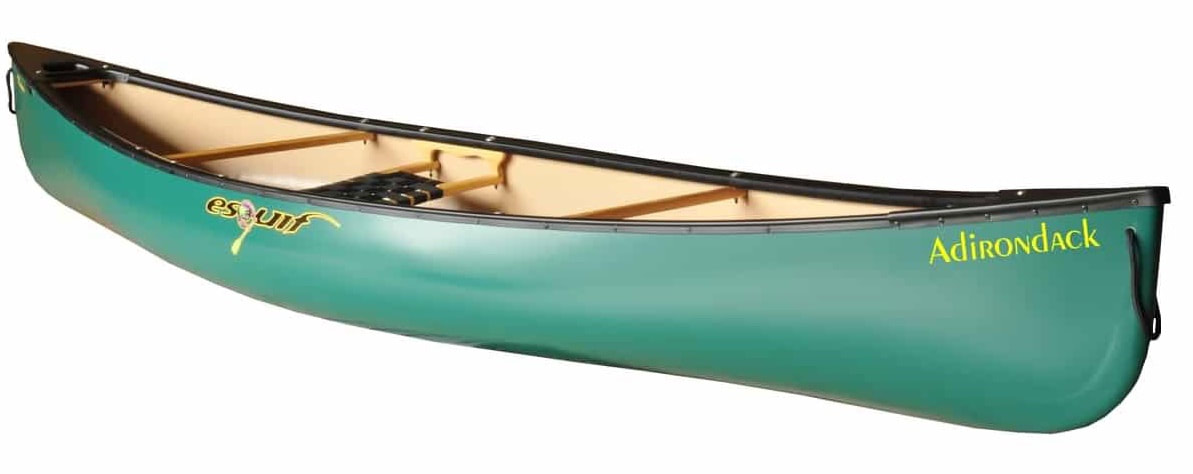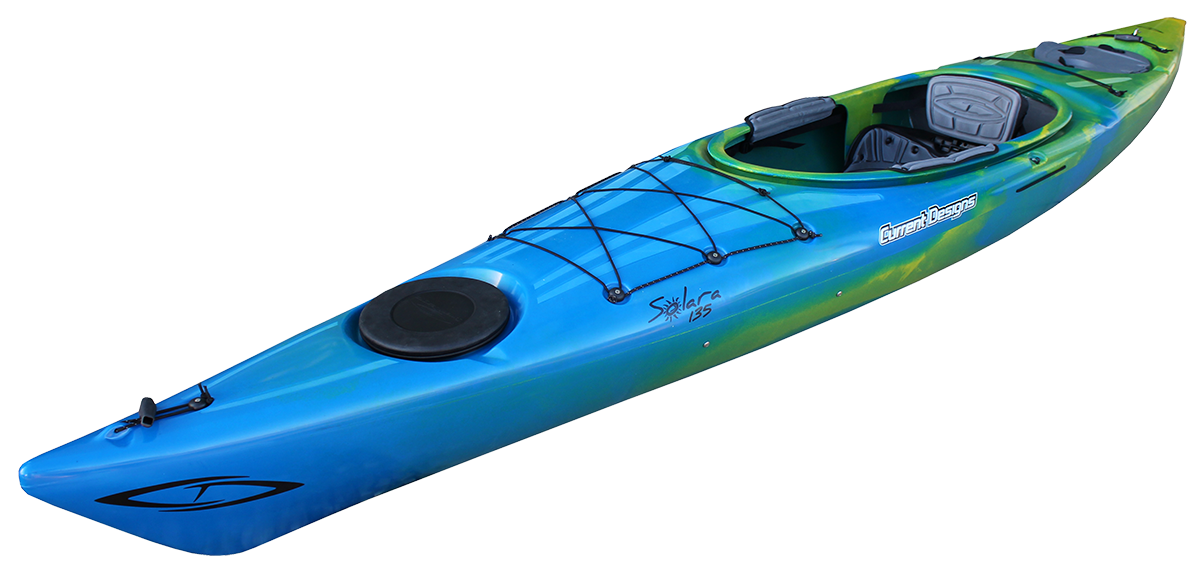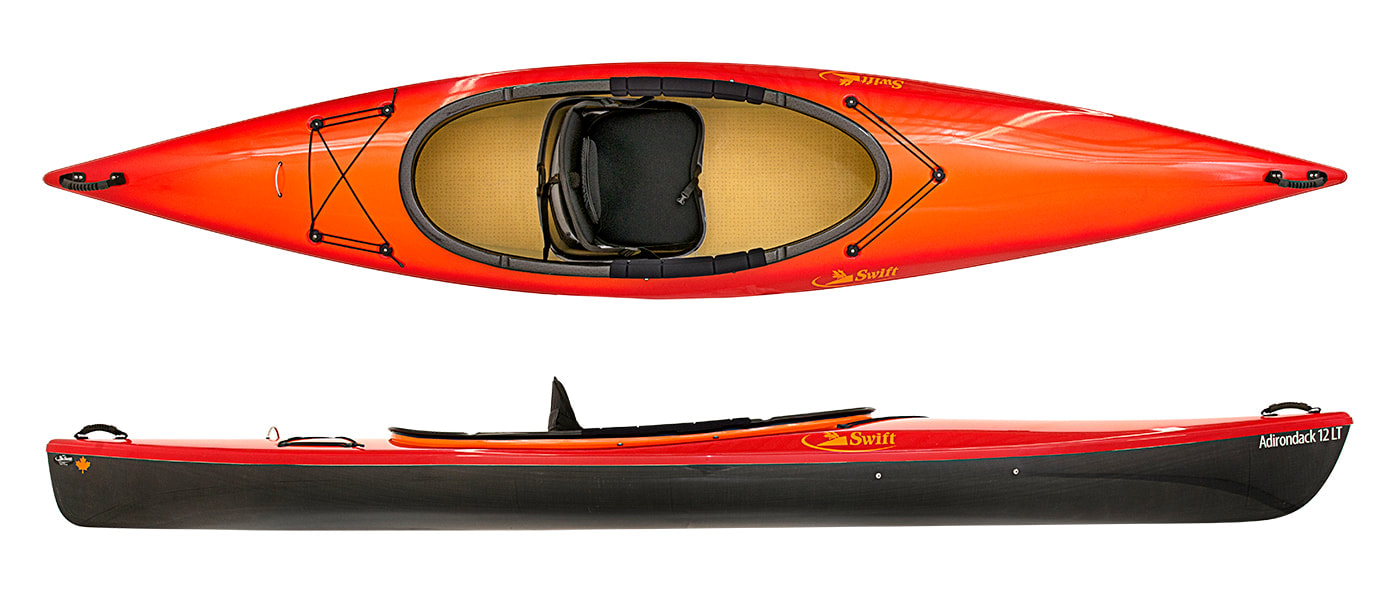|
In this post we explore the common themes that arise when we are helping customers select the right boat for them. To newer paddlers it often seems like canoes and kayaks perform a similar purpose and that either one could be suitable for a paddling trip. In some ways this is true but there are many important differences and it’s likely you will have a preference for one or the other, depending on what you are planning. Let’s explore this and other considerations a bit further to help you get to the right decision. There’s a vast selection of solo canoes and kayaks available but for this article we are focused on flatwater paddling craft (rather than whitewater, fishing etc.). Esquif Adirondack Canoe Wouldn’t it be great if one boat could do everything? Although many are quite versatile, you really need to select the right boat to have a good experience. The six key questions below will help you select the right boat for you. 1. How will you typically use the boat? Will it be just light casual use, day trips, competitive races or multi-day camping adventures? It’s very common to get hung up on different potential scenarios for using your boat and this can paralyze your decision making. By thinking about how you will usually use the boat this will give you a good starting point for exploring solo canoe or kayak options. If it will vary then you may be able to select a boat that covers all the bases for you with a little compromise here or there. Just be careful not to wreck your experience most of the time by accommodating a rare scenario. It’s no fun racing on a fishing kayak! If you really can’t acceptably reconcile your different use cases into one boat consider renting a boat instead for the rare scenario. 2. What’s your budget? Having an idea of what you want to spend can help narrow down your options. As a rough guide, expect to pay $800-$1,300 for a quality, recreational plastic solo kayak or canoe and $2,000-$4,500 for a lightweight, composite boat in 2024. Plastic boats are heavier and more durable. Composite boats are much lighter and require a little more care although they are still quite robust and not as fragile as people often expect. Canoes and kayaks tend to hold their value reasonably well over time too, especially if they are well cared for. Current Designs Solara 135 Kayak 3. Is boat weight important to you? Weight is often a major decision when selecting a boat. This is either related to ease of transport, the need to carry the boat on a paddling trip or performance.
4. How much do you need to take with you? If you need room for gear, kids, dogs etc. then a canoe is usually the better option. Kayaks have a top deck which restricts access to the boat and there is less storage room for gear or places for kids/dogs to sit. Some kayaks do have larger cockpit openings to offset this a bit but a canoe is generally much better in terms of overall room and accessibility. Swift Keewaydin 14 Canoe 5. How much paddling experience do you have? This plays a big role in selecting either a canoe or kayak and also which type of canoe or kayak will work best. Newer paddlers tend to prize stability and ease of use whilst more experienced paddlers often seek performance and greater control of the boat. Kayaks are the easier option for 2 reasons:
Canoes have the advantage of being easier to get in and out of and more storage space. They usually have higher, bench style seats which can be a more comfortable seating position as you can bend and move your legs more easily. This does mean that you are higher up in the boat though and so it’s important to have a good sense of how the boat is balanced when you are in it. The easiest way to get comfortable with this is just always keeping your head over the very center of the boat. Keeping this mental picture in your mind and being conscious not to let your head lean too much either side of the center will immediately set you up with a comfortable and stable paddling position. As you encounter uneven water your body and hips will magically do everything they need to if you are just focused on keeping your head in the center. Resting your knees against the side of the boat will give you a better connection to it and a greater sense of control too. A further option to here mention is the Pack Canoe. These are very popular as they combine the best elements of both a canoe and a kayak. Paddling a Pack Canoe feels very similar to a kayak but they have no deck and so are easy to get in and out of and can carry gear. Check out our Seven reasons to try a Pack Canoe post for more info. 6. Is a canoe or a kayak easier to recover if you tip? The recovery techniques for canoes and kayaks are quite different but both are difficult. In reality, unless you are an experienced paddler who has practiced doing this and have the right equipment to hand then it is not advisable to attempt an on-water recovery. Newer paddlers should stick closer to shore while they are building confidence and PFD’s (life vests) should always be worn, regardless of experience level. Swift Adirondack 12LT Kayak In summary:
A final recommendation is to do a test paddle in any boat you are considering before buying it. We have another post that goes into more detail on this topic here - Seven crucial reasons to test paddle a canoe or kayak before you buy. Although boats can look quite similar to each other on the rack they can perform quite differently in the water due to subtle design differences that are not always obvious. Reach out any time to discuss boat options or to arrange a test paddle with us. Comments are closed.
|
Archives
March 2024
Categories |
|





 RSS Feed
RSS Feed



